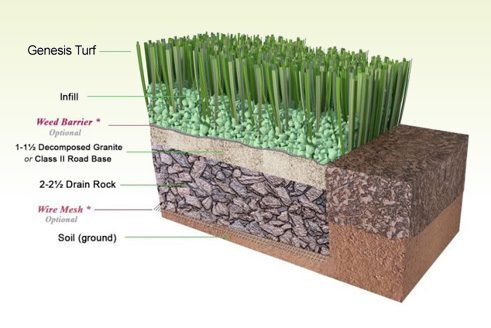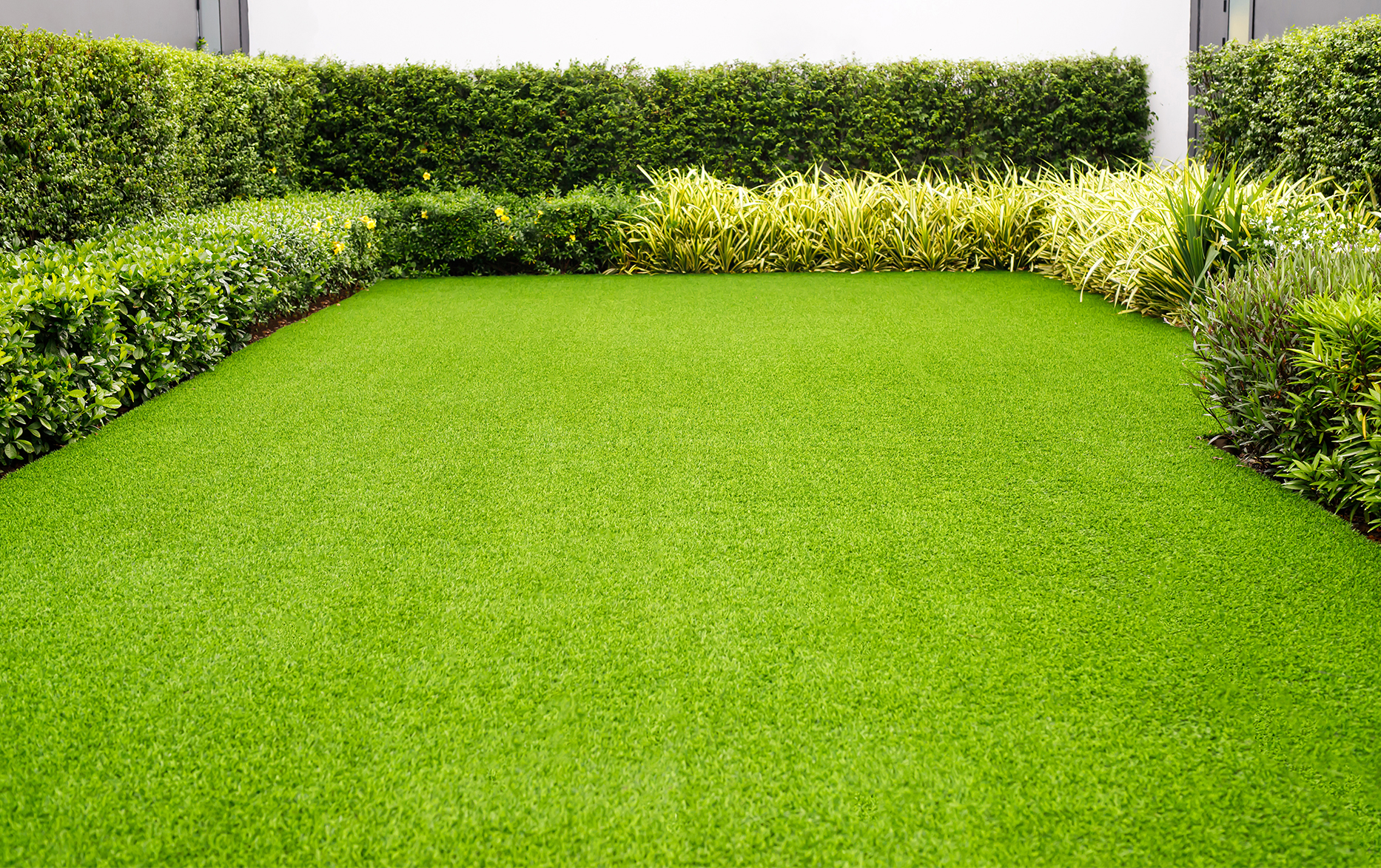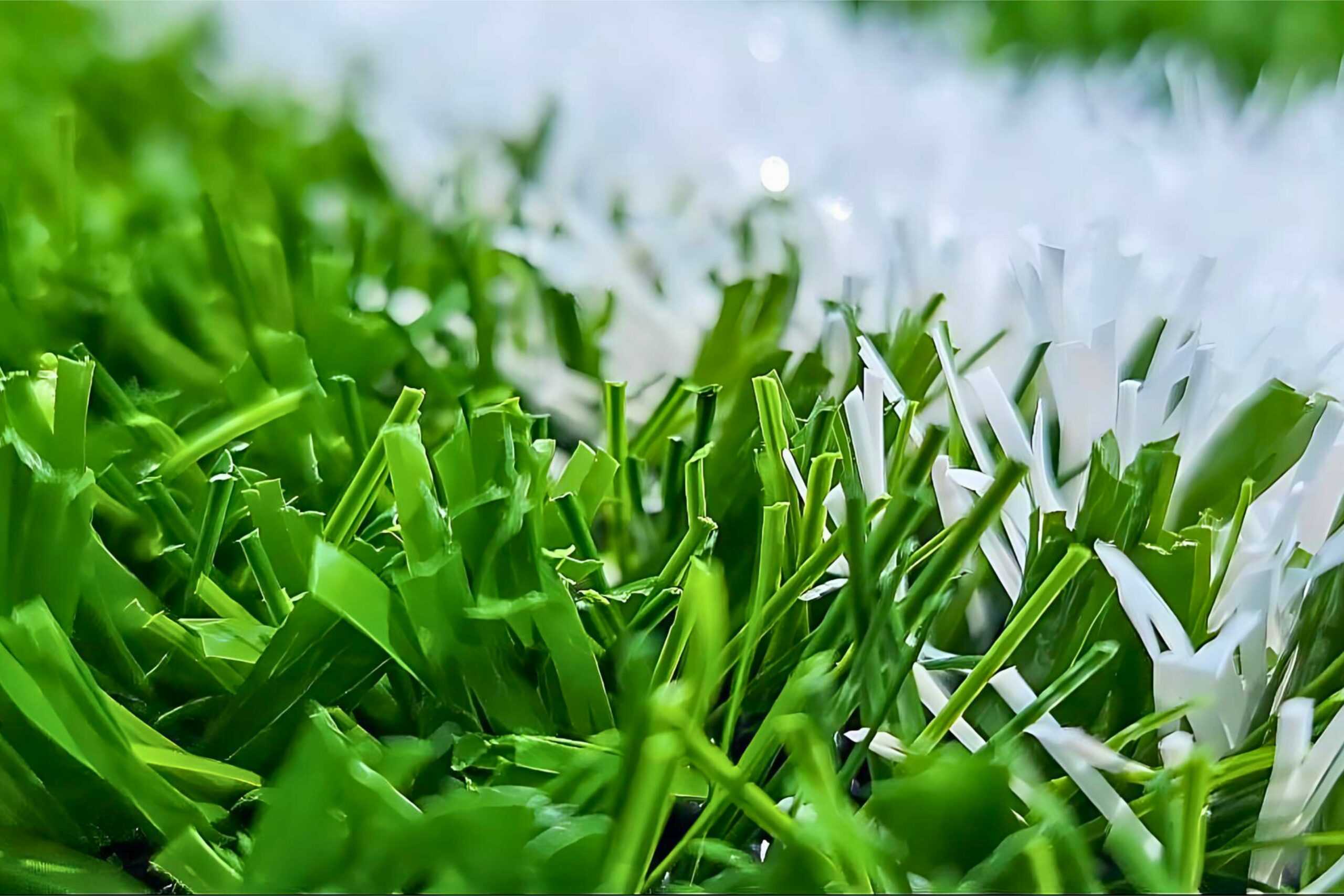Sustainable Arizona Artificial Turf for a All-Season Lush Green Lawn
Sustainable Arizona Artificial Turf for a All-Season Lush Green Lawn
Blog Article
See Why Homeowners Prefer Artificial Lawn for Lasting Landscape Design Practices
As house owners significantly focus on sustainability in landscaping, man-made grass has actually emerged as an engaging alternative to conventional yard. What remains to be discovered is the full extent of advantages that synthetic lawn can offer to house owners and the setting alike.
Water Conservation Advantages
One of the most substantial benefits of artificial turf is its role in water conservation. In comparison, fabricated lawn removes this need totally, as it does not call for watering.
In addition, the installment of synthetic grass can add to a much more sustainable landscape. Property owners can substantially reduce their water expenses, enabling reallocation of resources to various other ecological efforts or home uses. Additionally, artificial lawn is created to stand up to different climatic problems without the demand for extra watering, making it an optimal option for regions encountering water shortage.
The environmental advantages prolong beyond prompt water financial savings. By decreasing water consumption, fabricated grass helps to mitigate the influences of climate adjustment, protecting important ecosystems that are intimidated by excessive water removal. As sustainable landscape design techniques acquire grip, synthetic grass arises as a responsible selection for property owners looking for to produce environment-friendly outdoor rooms.
Minimized Maintenance Efforts
Synthetic grass significantly minimizes upkeep efforts contrasted to traditional lawn lawns. With synthetic yard, property owners can remove the time-consuming tasks connected with natural landscape design, such as mowing, feeding, and weeding. This not only saves useful time but likewise lowers physical labor, making lawn care easily accessible for people of all ages.
One of one of the most noteworthy benefits is the lack of regular mowing. Conventional yards call for constant trimming to maintain a visually pleasing elevation, whereas artificial turf stays continually lush without the need for cutting. Furthermore, home owners no more need to apply pesticides or plant foods, which are usually called for to maintain natural grass healthy and balanced. This change not just lightens the work however additionally advertises a neater, more consistent look year-round.
In addition, fabricated lawn is durable and long lasting, requiring marginal maintenance beyond occasional cleaning and washing to eliminate debris. This convenience of upkeep allows homeowners to appreciate their outside spaces without the constant fear of upkeep, providing even more time for recreation and family tasks. Inevitably, the decreased maintenance initiatives related to synthetic grass make it an attractive option for those looking for a low-maintenance, visually appealing landscape.

Ecological Effect Decrease
There is a growing recognition of the ecological advantages connected with artificial turf, especially in terms of water preservation and minimized chemical use. Typical grass require significant amounts of water, especially in drought-prone regions, resulting in boosted stress on regional water resources. On the other hand, man-made grass gets rid of the requirement for irrigation, dramatically lowering water intake and advertising sustainability.
Furthermore, traditional yard maintenance frequently involves the application of fertilizers, chemicals, and herbicides, which can add to dirt and water contamination. Man-made turf mitigates this ecological threat that site by needing very little upkeep and basically removing the requirement for hazardous chemicals. This not only improves dirt health and wellness but additionally protects regional communities from hazardous overflow.
In addition, the manufacturing of natural yard yards commonly entails making use of fossil fuels for mowing and landscaping devices, additional adding to greenhouse gas exhausts. By selecting artificial lawn, property owners can significantly reduce their carbon footprint related to lawn treatment activities.
Visual Appeal and Convenience
In addition to its ecological advantages, synthetic grass offers considerable visual allure and versatility for landscaping. House owners can attain a lush, eco-friendly look year-round, removing the seasonal fluctuations typically connected with all-natural yard. This consistent aesthetic not only improves the aesthetic visit site allure of a property but likewise adds to a sleek and properly maintained look.
Furthermore, synthetic grass is readily available in a selection of structures, shades, and styles, enabling for modification to fit individual preferences and design motifs - Artificial turf companies phoenix. Whether utilized in domestic gardens, business rooms, or entertainment areas, it can perfectly integrate right into varied landscaping designs, from modern minimal to rich tropical setups
The convenience of synthetic grass extends past plain appearance; it can be installed in numerous places, including roofs, outdoor patios, and even interior areas, creating possibilities for one-of-a-kind landscaping solutions. In addition, it appropriates for a range of tasks, from kids's backyard to pet-friendly environments, supplying performance without compromising design.
Ultimately, the visual charm and versatility of synthetic grass make it an attractive choice for property owners looking for sustainable landscape design important site options that do not sacrifice appeal for environmental obligation.

Long-Term Cost Savings
One of the most engaging advantages of artificial lawn is its capacity for long-lasting cost financial savings. Unlike all-natural turf, which requires normal maintenance-- consisting of mowing, watering, feeding, and insect control-- artificial lawn substantially reduces these recurring costs.
Additionally, fabricated grass has a lifespan of 15 to 25 years, relying on its high quality and use. This toughness reduces substitute expenses, making it a more affordable option over time. The preliminary financial investment in man-made lawn can typically be redeemed through the financial savings accrued over time.
While the in advance cost may appear higher compared to turf installation, the advancing financial savings from decreased upkeep and water use frequently exceed these first expenditures. Eventually, the fostering of fabricated lawn not just promotes a sustainable landscape design solution but likewise supplies homeowners a financially smart alternative that straightens with long-term budgeting goals.
Final Thought
Artificial lawn arises as a compelling option for sustainable landscape design, supplying substantial benefits in water conservation, reduced upkeep initiatives, and decreased environmental influence. As areas progressively prioritize ecologically pleasant practices, the fostering of artificial lawn stands for a progressive step towards accomplishing resistant and lasting landscapes.
In addition, fabricated grass is developed to stand up to various weather conditions without the need for extra watering, making it a suitable choice for areas facing water deficiency. (Arizona artificial turf)

Synthetic grass emerges as an engaging alternative for sustainable landscaping, providing significant advantages in water preservation, lowered upkeep efforts, and diminished ecological influence.
Report this page